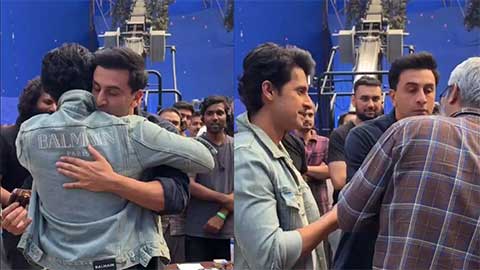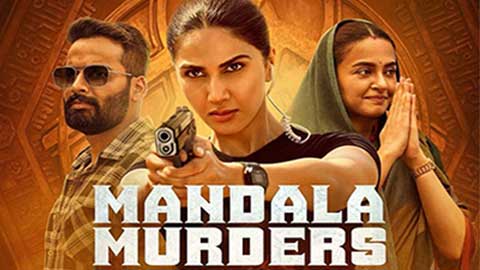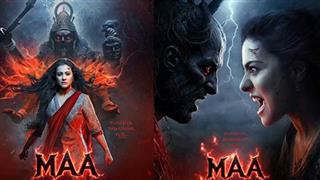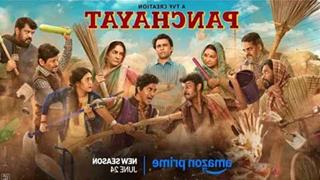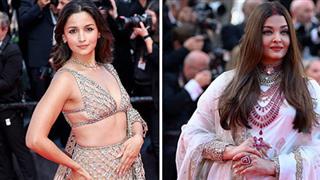The 3D technology, which creates an illusion of depth in a shot, is currently being exploited only by limited genres, says Merzin Tavaria, co-founder and chief creative director of Prime Focus, a visual effects and 3D conversion services provider.
"3D is being used (primarily) for big budget, sci-fi, action and superhero films because those are the ones that are exploiting it more. I'd like it to be used in romantic movies and drama-based movies because then, you can take the audiences into a more immersive experience," Tavaria told in an interview.
"Everything is not about gimmicks and something popping out of the screen, but also about taking the audiences into the world (of the film). That's just a different way of looking at it. Even 'The Great Gatsby' isn't an action film, but still is stereoscopic," added Tavaria.
The 3D trend in India was said to be started by 1984 Malayalam movie "My Dear Kuttichathan". Fourteen years later, its dubbed Hindi version, "Chhota Chetan", came out.

The investment in 3D films varies - if "Ra.One" had an inflated budget of Rs.150 crore, the country's first stereoscopic 3D movie "Haunted" was shot for a meagre Rs.13 crore. In comparison, the money spent of Hollywood's 3D extravaganza "Avatar" was humongous - the makers splurged $224 million (Rs.1,100) crore on it.
The scope of creativity in 3D is immense.
"It is (thought to be) restricted maybe because there are only that many movies which are structured (around 3D). But it is not restricted or limited by anything. It's just that those (sci-fi and action) are the kind of films that have been going on...like 'Star Trek' and 'World War Z'," Tavaria added.
In the west, the 3D format is in a resurgence phase, courtesy movies like "Journey to the Center of the Earth", "TRON: Legacy" and "Avatar".
In India, too, it is only "a matter of time" before the trend catches up, said Tavaria, whose earliest memory of watching a 3D movie is "Chhota Chetan".

The process has, however, already acquired pace with movies like "Bhoot Returns", "Dangerous Ishhq", "Raaz 3D", "Ra.One", "Haunted - 3D" and "ABCD: AnyBody Can Dance", even though "it is not as much as one would've liked", the expert said.
"There's been a lot of interest and discussions with good filmmakers, but sometimes it is touch and go. 'Ra.One' came very close to not happening (in 3D)...," he added.
What's impeding Indian filmmakers from wholeheartedly embracing 3D?
"Sometimes leaving the decision to later, or when it's not planned initially and there's not enough time, doubts whether audiences will go to watch a 3D film or not. But it is a matter of time... If it is adopted by two or three known filmmakers, everybody will just jump on to it," said Tavaria.
Besides, there has to be ample allocation of time and budget to deliver a decent 3D project. Shooting a film in 3D can be more time- and focus-consuming as opposed to converting a project into the format.
"When you're converting a film in 3D, you have the luxury of sitting in an air-conditioned place and only focussing on the 3D - you're not focussing on your actor or making sure you're doing enough number of shots in a day and not focussing on if you get a shot wrong in 3D.

"There are too many things already while making a big budget film that it's just not worth to start diverting. So whatever you can do later, it is just better to leave it for later and that's where conversion comes in to help," Tavaria added.
One of the upcoming 3D dramas is "Kamasutra 3D".





